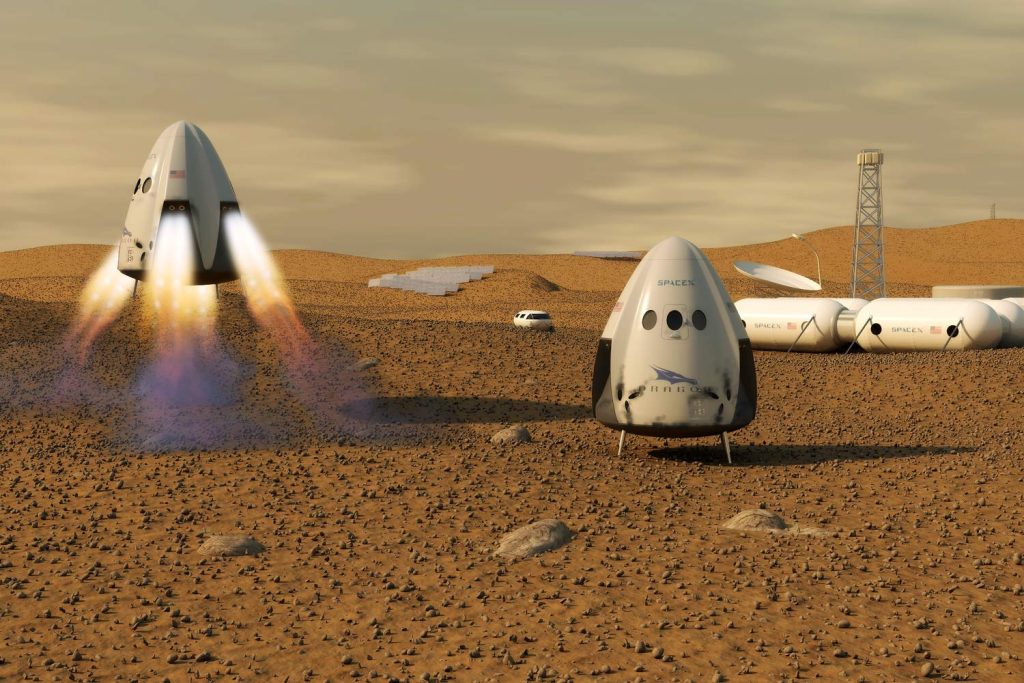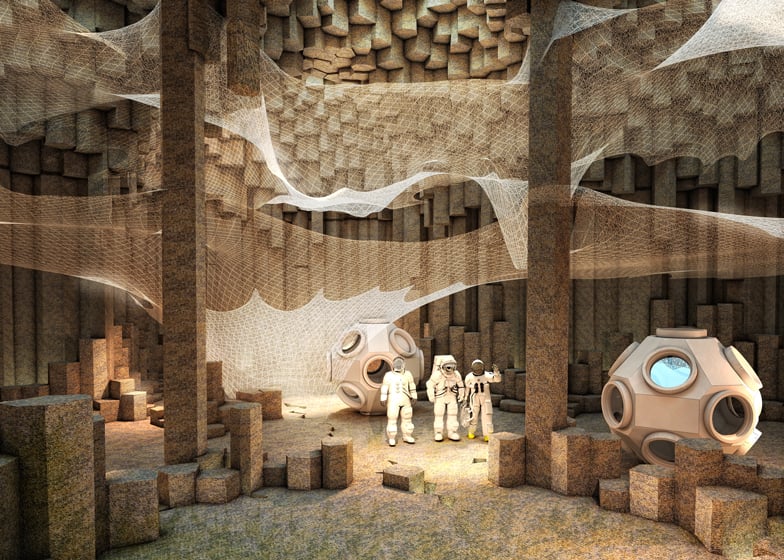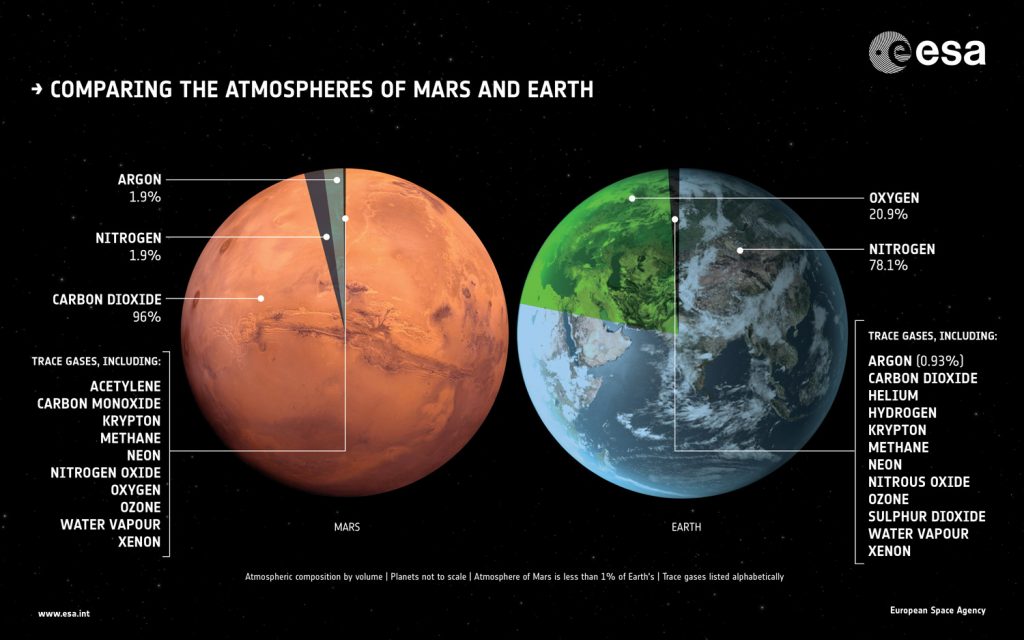Ever thought of living on the moon? Or on Mars, perhaps? We have always been curious about this question and found it fun as kids to just wonder, for a moment in time, what exactly is possible beyond the cosmos. Can we live in space someday? Well, believe it or not, but there are quite many masterminds out there who dare to truly approach the question with revolutionary visions of embracing the cosmos as inhabitable, too! That said, we will now be diving into a series of extraordinary, inhabited spaces’ design proposals by architects as they both envision possibility and viability within the same extraterrestrial framework.
You see, space exploration is so much more than just a quest for discovering the potential of new inhabitable spaces or territories. As a matter of fact, we are all said to be driven by a deeper and more sophisticated pursuit of better understanding where exactly we come along in the infinite realm of the cosmos and how we are to structure and envision further life on planet Earth and beyond. Architects in this exciting, futuristic world of space exploration can be said to be a step ahead.
When humanity finds itself majorly occupied with setting foot into colonizing these cosmic grounds, architects like to take a wise step ahead as they work on developing innovative possibilities towards sustainable life, especially against some of the greatest obstacles we are met by within extraterrestrial environments. Whether it’s in the form of radiation protection, resource utilization, and sufficiency, or energy storage, all such obstacles should be addressed along with their relevant solutions.
Speaking of addressing the most common and significant obstacles, a critical innovation towards standing strong against them is simply what is known as modular design. Modular design in architecture is defined as constructing and designing systems that consist of individually repetitive elements, which go by mutual properties such as size, shape, and functional nature that all work together to achieve a common purpose. This very purpose is simply adaptability. As mentioned previously, to stand firm against the greatest, inevitable obstacles brought about by the cosmos, adaptability is simply key!
The Key to Adaptability in Space Design
This key characteristic of adaptability also gives structures and inhabitable spaces further resistance through bonus characteristics such as the scalability and portability of structures. Think of space habitats as deriving from a nature like that of clay that easily takes the mould of whatever relevant surrounding container or body it is placed into. “Modular architecture can enhance efficiency and resilience by breaking down complex systems into smaller, interchangeable, and standard components — democratizing the design process.”
While it only feels right to find oneself lost in the endless array of possibilities of designing, engineering, and building spaces beyond planet Earth, one must still keep track of reality in a place as surreal as that of the cosmos. For you see, running that reality check majorly hints at one priority, and that being the feasibility and longevity of projects and spaces. Along the lines of the primary challenges faced towards building spaces in outer space, yet again include withstanding harsh conditions, such as those of extreme temperatures and radiation exposure, and above all, simply supplying inhabitants with vital needs such as air, water, and food. However, thankfully, with such unique issues come unique solutions offered by those who truly want to make a difference and bring life in space to life.
The Reality Check: Feasibility and Longevity
Knowing that it’s the type of material that practically holds an entire space together, wisely considering material science is crucial, especially for how it tends to be most vulnerable towards the challenges brought by space construction, such as thermal expansion, outgassing, or even fatigue of materials. Materials tend to scale up or down given temperature fluctuations beyond the cosmos, this being most difficult in zero-gravity conditions, as structures can deform due to thermal expansion or, conversely, thermal contraction. They can also release gases, contaminating the atmosphere, inhabiting the space, or simply face fatigue, reducing their effectiveness entirely. Overcoming these challenges has been sought by scientists, engineers, and researchers for years as they aim to replace limitations with innovation.
The very first innovation on the list is the 3D printing technology, which fosters the manufacturing of structures and individual components as sought within modular architecture, with utmost accuracy and precise layering. Via 3D printing, engineers are able to achieve complex designs with less material used compared to traditional methods. Self-healing polymers is another huge win! These are polymers that can repair the damage or cracks they go through via a healing agent. With the extreme temperatures these structures are placed in, self-polymers truly make a massive difference towards the longevity of structures and, more importantly, towards their sustainability.
Further advanced materials, such as those of nanomaterials, also prove to be significantly advantageous in terms of their incredible characteristics, such as lightweight construction, high tensile strength, and improved radiation resistance. Inflatable modules are truly worth noting in terms of the potential they have to offer towards space design, as they are easier and cheaper to launch compared to more rigid counterparts, for as the name suggests, their inflatability allows them to be compressed during their transportation and then inflated again upon arrival at their intended destination. Not to mention, they also go by better radiation shielding properties, yet again, given their expansive and contractive abilities when situated under extreme conditions.
Having known some of the greatest challenges towards building sustainable habitats for extraterrestrial environments such as the Moon and Mars, the next big question to tackle is simply how they make it all happen! These heroes, known as space architects, are not exactly any less than astronauts who actually step foot on Mars and the Moon for how they go through a multidisciplinary endeavor as they play a massive role in meeting the scientific and engineering challenges brought up by the technical biospheres that are to be built on extraterrestrial lands.
“Space architecture is based on a foundation of knowledge from various other fields, including space systems design, physiology, psychology and sustainability strategies.”
Yet again, marking it as a multidisciplinary endeavor for design approaches is required to take various disciplines into consideration to best structure and shape sustainable environments. Scarcity of resources is quite the scare no matter what for unlike Earth, life on the Moon or Mars is not exactly defined as regenerative and so the need for what are known as closed-loop systems come into play that can technically be defined as a system where air, water, and waste tend to be continuously recycled.
Lighting is another pinnacle of space architecture, for unfortunately, we would not exactly have the Sun around hinting the time for us, yet lights known as circadian lights mimic the natural day-night cycle of Earth and also function as greenhouses that simply supply vegetation for fresh food.
The Multidisciplinary Approach of Space Architecture
In terms of best embracing architectural possibilities within the cosmos, space architects are definitely most fascinated by the wonders brought to life via 3D printing as they work together with space engineers and material scientists in structuring and designing resource-efficient, customised structures with local materials. NASA, for instance, is truly noteworthy in terms of its efforts in demonstrating the potential of 3D printing for space architecture.
Starting with their 3D-Printed Habitat Challenge, a part of NASA’s Centennial Challenges program that sought to build a 3D-printed habitat for deep space exploration, as they aim at their further exploration of the Moon, Mars, or even beyond, perhaps. Being a multi-level competition that enabled more teams to take part, the competition enabled teams to both enter and exit at any phase or level, provided that they met the challenge requirements.
Beginning in 2016, contestants were required to build an autonomous extraterrestrial building, most specifically for Mars, being the closest habitable planet to Earth. “The competition was divided into multiple phases; the first focused solely on design, the second focused on fabricating structural components, and the third, completed in 2019, focused on autonomous construction of a one-third scale model.”
Developed systems were required to:
Be autonomous, meaning they would pretty much function like a robot, without requiring direct human guidance. This also means that it would be required to know its goal and adapt to achieve it without human intervention.
Utilise naturally derived material found on its parent extraterrestrial land, such as using the high-basalt soil and other minerals derived from Mars, for how material transportation would range up to 12 million dollars from Earth to the Moon, and only beyond to Mars! Hence, what is known as an in-situ resource utilization (ISRU) system was key.
Use off-grid power sources, simply marking the use of solar and geothermal alternatives rather than fuel sourced from Earth that would not be readily viable.
Now take the Marsha project is an incredible example of a project abiding by all these obligations as developed by the AI SpaceFactory is a 3D printed vertical home designed for life on the red planet, as it’s composed of biopolymer, a plastic usually made from vegetable starch and basalt fibre, sourced from the Martian surface.
“There will be nothing more sustainable than going to a piece of land and just building with the material you find there.”
“To demonstrate the technology behind Marsha, AI SpaceFactory is building the first habitat on Earth, named Tera, along the Hudson River just outside of New York. The design may be one small step for humans, but what it represents could be one giant leap for humankind.”
It is with this incredible vision brought to life not only on planet Earth, but also on Mars, that it truly deserves to be crowned as the winner of the final phase of NASA’s 3D-Printed Habitat Challenge.
It is through such ground-breaking designs and their proposals that further fuel our vision of the potential of inhabitable spaces along the cosmos, as they not only teach us more about possibilities, but also about how we can apply those sustainable possibilities and approaches within our own home, planet Earth as demonstrated by the Marsha, as we continue to uncover potential and design blueprints for the cosmos.





























Leave a comment